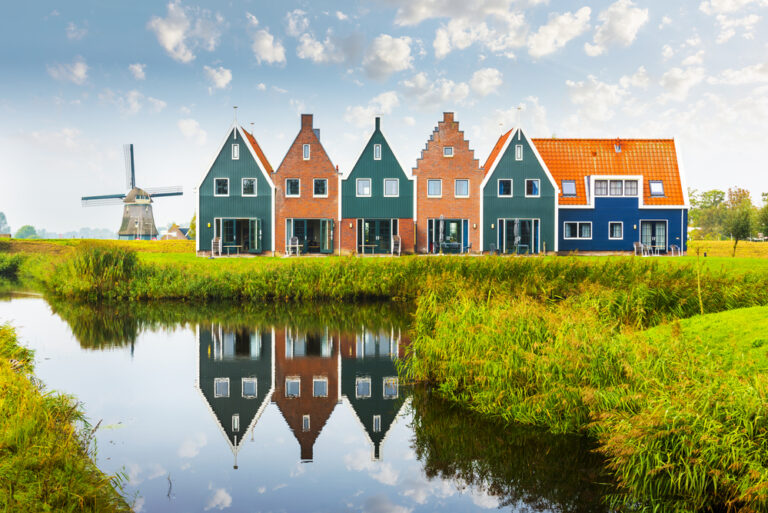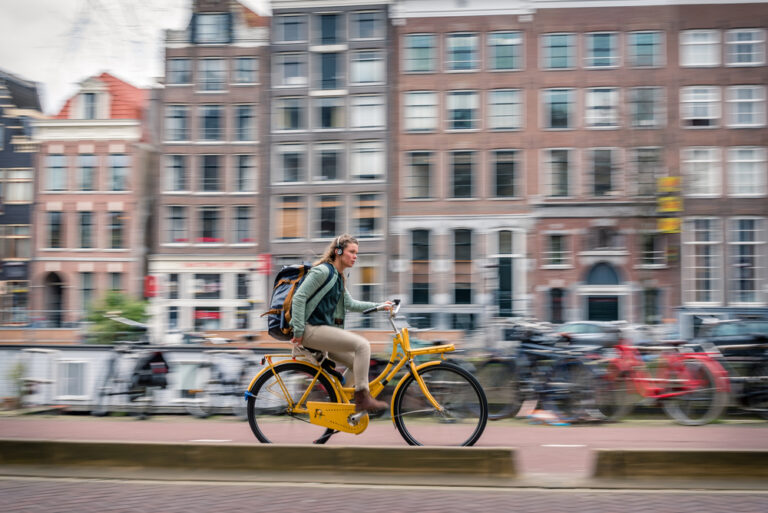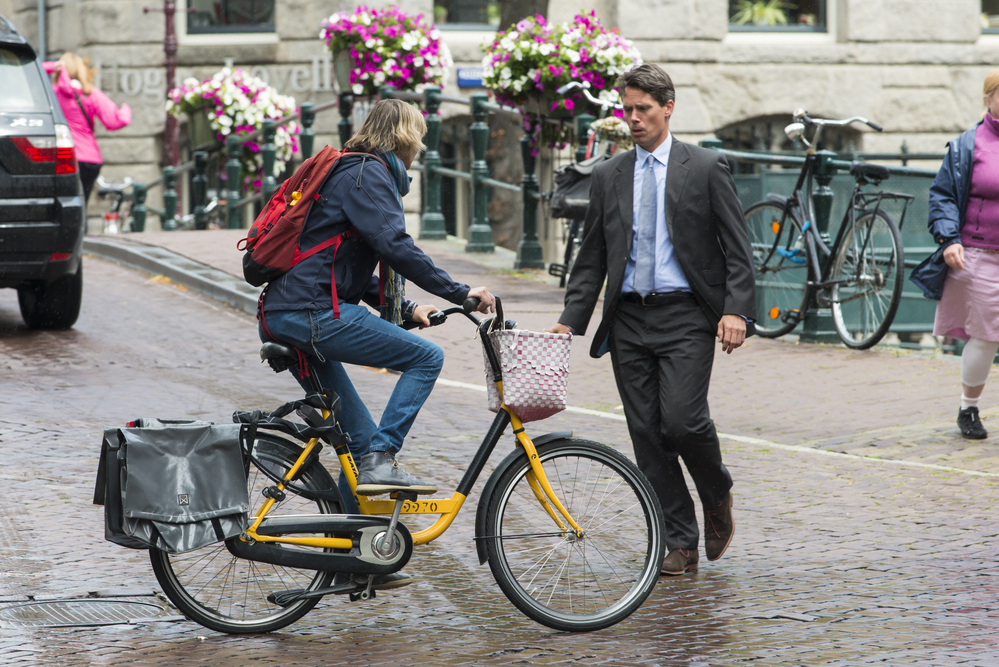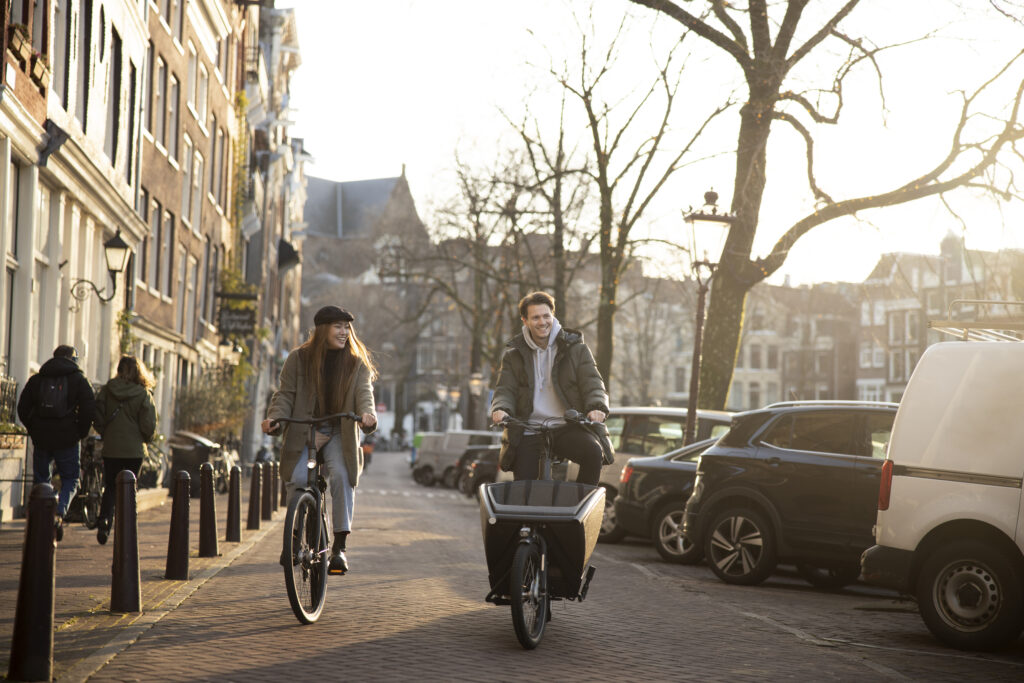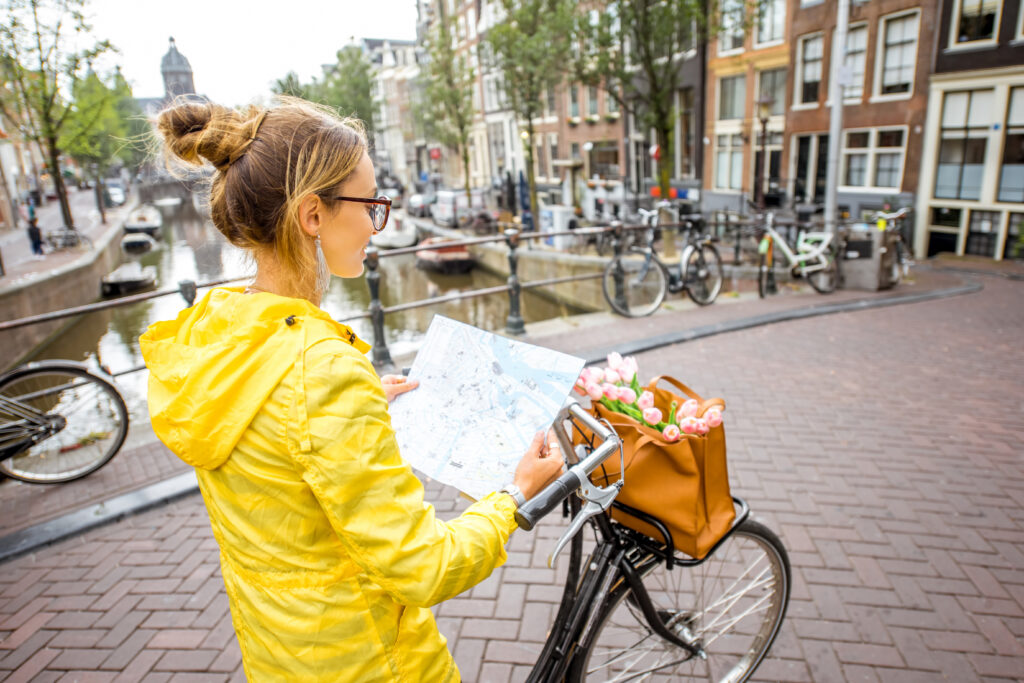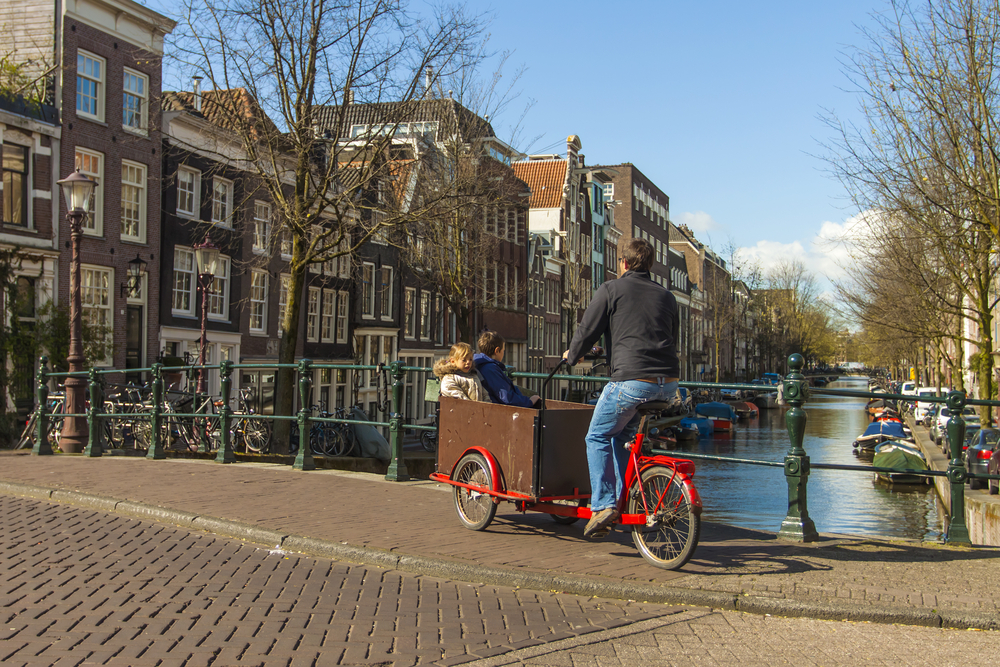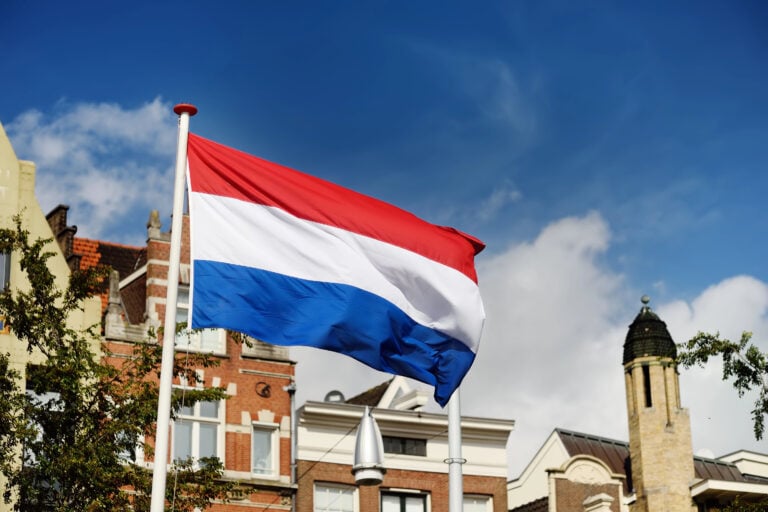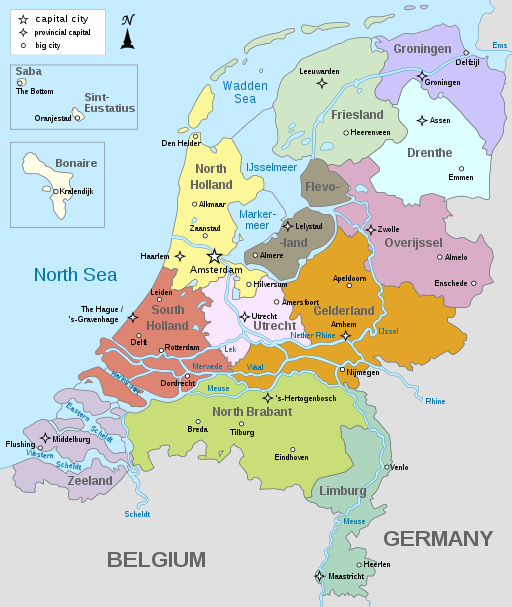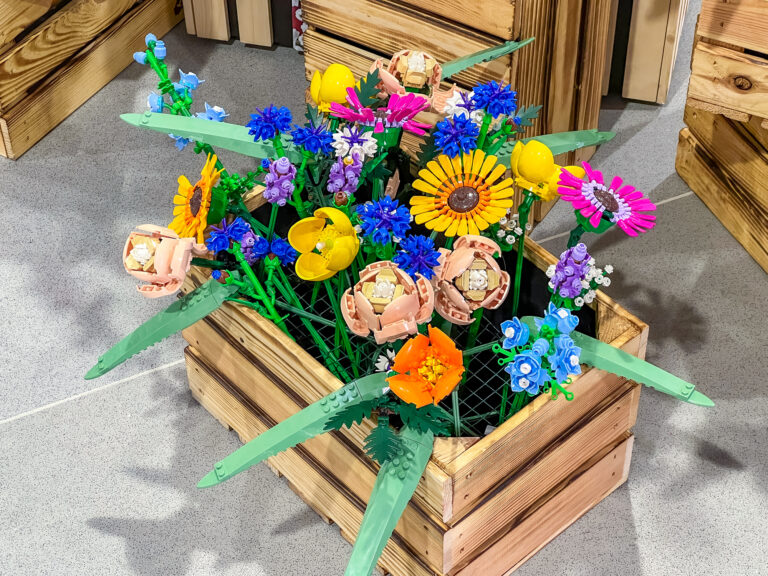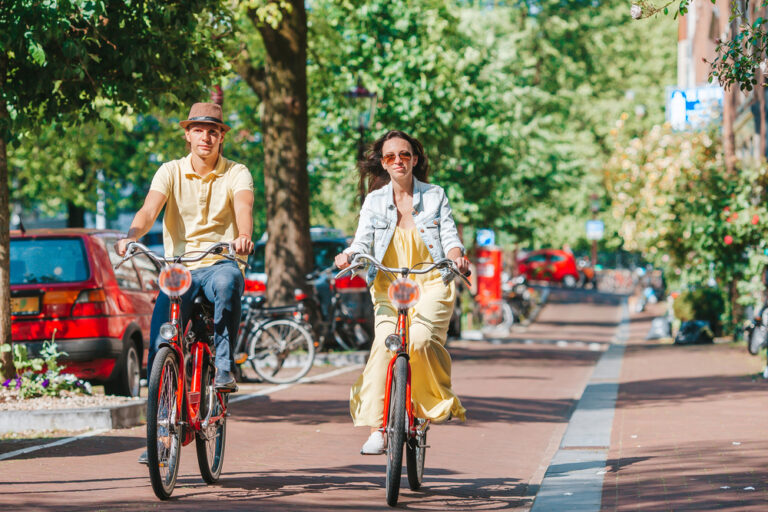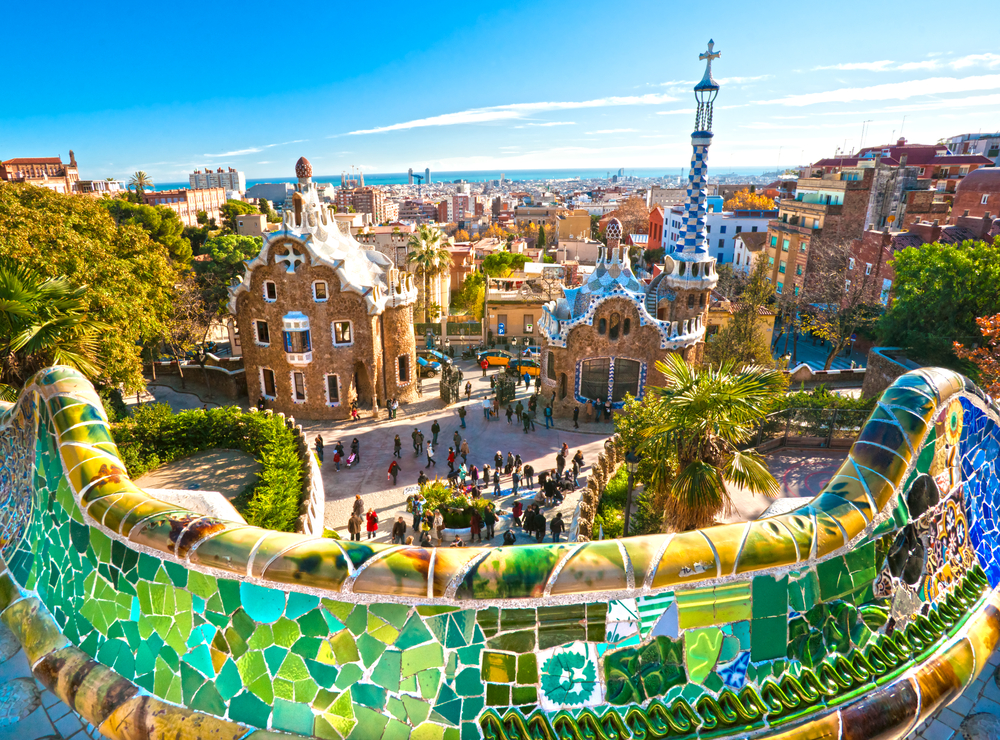Volendam is packed full of things to do to channel your inner, traditional Dutchie.
The historical fishing town of Volendam offers so many underrated experiences to make you feel like a true Nederlander. 🇳🇱
From eating some lekker haring on the town’s famous dike to visiting an old ship of the Dutch East India Company, there are many iconic things to do in Volendam.
- 1. Dress up in traditional Dutch clothes at Fotostudio Volendam
- 2. Stuff your face with herring on the dike
- 3. Get in touch with Volendam’s history at Experience Volendam
- 4. Soak up the rays at Volendam’s beach
- 5. Look inside an old Dutch VOC ship at Voldendam’s harbour
- 6. Visit the old fish auction building
- 7. Indulge in Dutch cheese at the Cheese Factory Museum
- 8. Sail on the incredible Marken Express
- 9. Watch how clogs are made at Alida Hoeve Clog Factory
- 10. Enjoy an unr(eel) musical tour at the Palingsound Museum
- 11. Take in the sights at Marina Volendam
1. Dress up in traditional Dutch clothes at Fotostudio Volendam
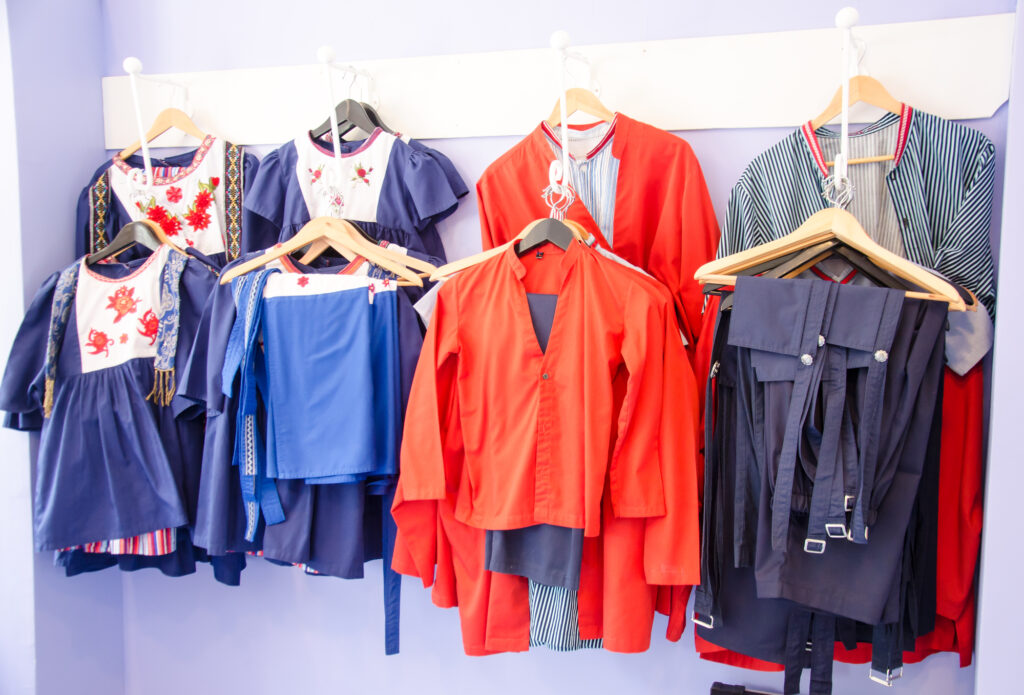
What’s a better way to familiarise yourself with Dutch culture than by dressing up in classic Dutch farmer attire?
At Fotostudio Volendam, you can do precisely that. Whether you’re with a friend or an entire group, grab a traditional-dress costume along with some wooden clogs, and “Say cheese!” (Yes, another very Dutch thing)! 🧀
Pro tip: You can request to have your picture in a classic Sepia filter, for that old nostalgic effect! 😎
Your pictures will be printed and ready within just an hour after taking them — an unforgettable souvenir and a top thing to do in Volendam.
💰 Price: Prices vary depending on size and number of persons
⏰ Opening hours: Daily from 10 AM to 6 PM
📍 Location: Haven 82, 1131 ET Volendam
2. Stuff your face with herring on the dike
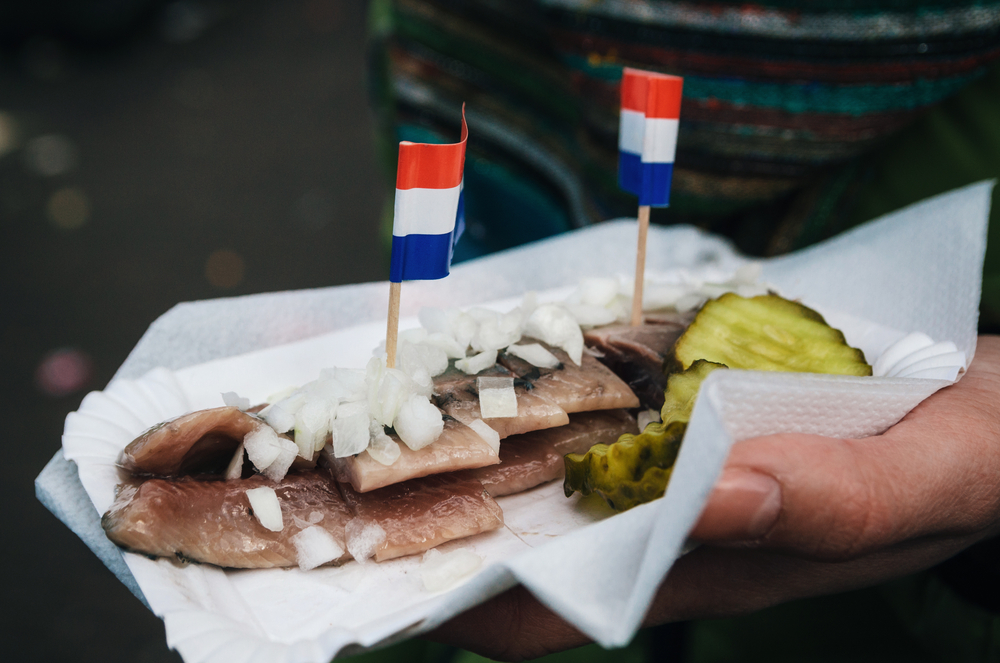
If slipping a fresh, onion-topped herring in your mouth doesn’t make you feel like a true Nederlander, we don’t know what will.
Herring, a small oily fish, has long been part of Dutch tradition. Today it’s bought from street kiosks and fish stores, served with chopped onion, and eaten all in one go. Eet smakelijk!
On its famous dike, Volendam offers several shops and kiosks with fresh haring to satisfy your taste buds. 😋
💰 Price: About €2 for one serving
⏰ Opening hours: 10 AM to 6 PM Monday to Saturday
📍 Location: Haven 82, 1131 EP Volendam
3. Get in touch with Volendam’s history at Experience Volendam
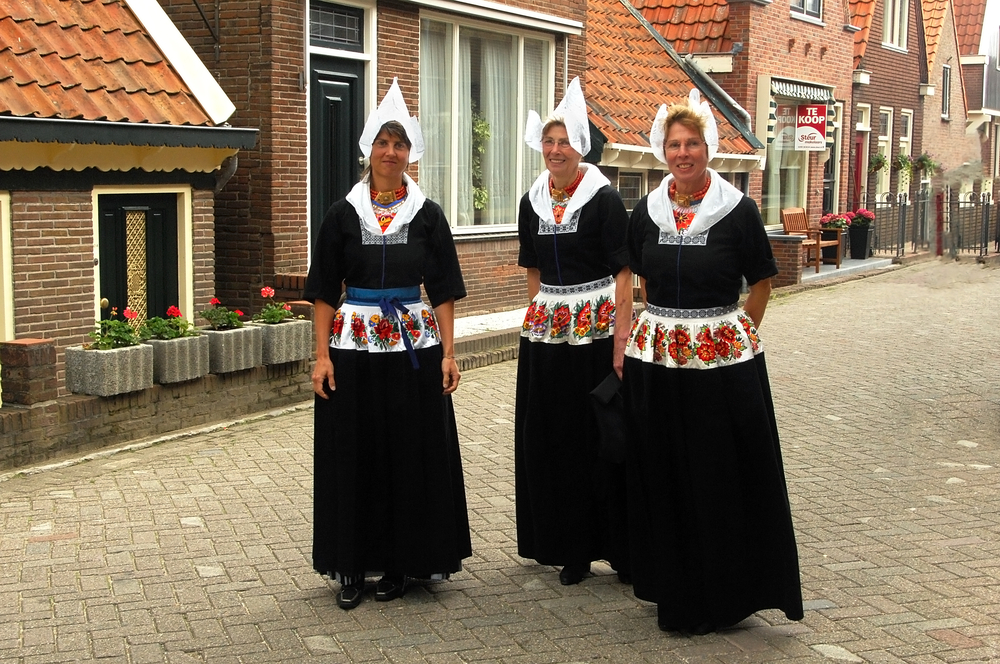
Become acquainted with some local townsy culture and experience what Volendam looked like 100 years ago!
Experience Volendam lets you look at the city circa 1916 via virtual reality glasses — and it’s so realistic you can almost smell the fish at the harbour. 🐟
READ MORE | The liberation of the Netherlands like you’ve never seen it before (coloured videos inside)
The experience needs at least two people, so make sure to tag along with another history buff for some good company.
💰 Price: €8.75 per person
⏰ Opening hours: Daily from 11 AM to 5 PM
📍 Location: Haven 154, 1131 EW Volendam
4. Soak up the rays at Volendam’s beach
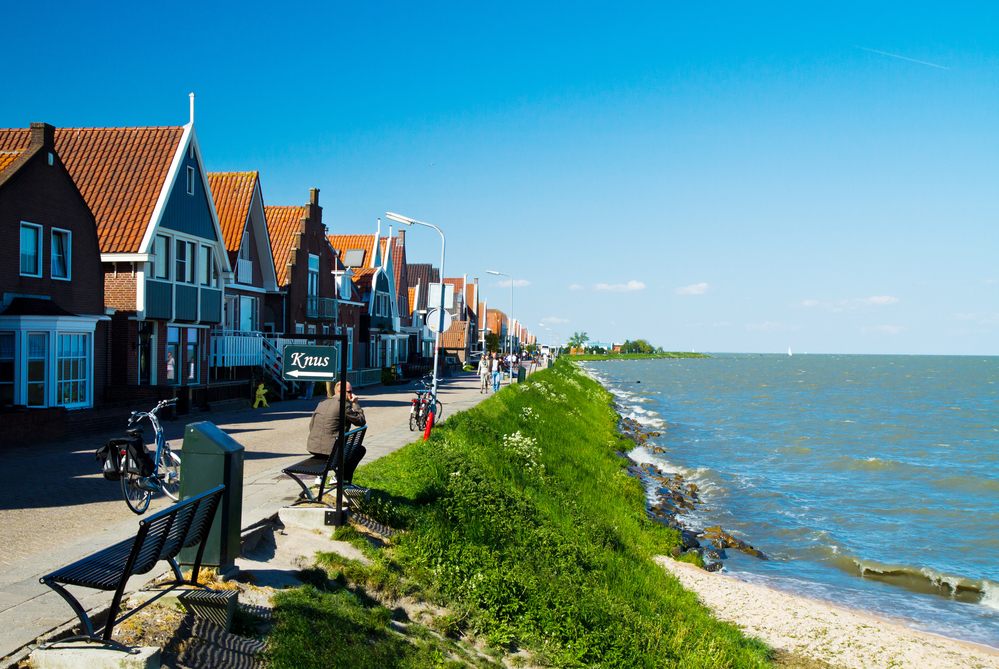
When compared to other Dutch towns, Volendam is quite small, and so is its beach. But, it’s definitely worth taking a dip in the freshwater of Lake Marker (A.K.A Markermeer). 🏊
While the lake used to be made up of salt water, after the closing of the Afsluitdijk in 1932, the water became completely refreshed.
READ MORE | Best beaches in the Netherlands: the ultimate guide to Dutch beaches
Usually, the beach is busiest between 9 AM and 1 PM, but you’ll only have to consider that during warm summer days when the sun is shining and the water isn’t freezing.
💰 Price: Free
⏰ Opening hours: 24/7
📍 Location: Havendijkje, 1131 XP Volendam
5. Look inside an old Dutch VOC ship at Voldendam’s harbour

As an old harbour city, it seems almost essential to check out the true-to-history replica of the old Dutch VOC ship that dates all the way back to the 17th century.
The original ship, called Halve Maen, is best known as a discovery ship and a freighter in the bulk trade, and is currently open to the public as a museum!
On board, you can get learn about all the adventures the ship has had and get some lekker dinner on board afterwards. 🥘
💰 Price: €9 for adults, €4.5 for kids up to 14 years
⏰ Opening hours: 12 PM to 4:30 PM on Saturday and Sunday (last viewing 30 minutes before closing time)
📍 Location: Havendijkje 2, 1131 EZ Volendam
6. Visit the old fish auction building
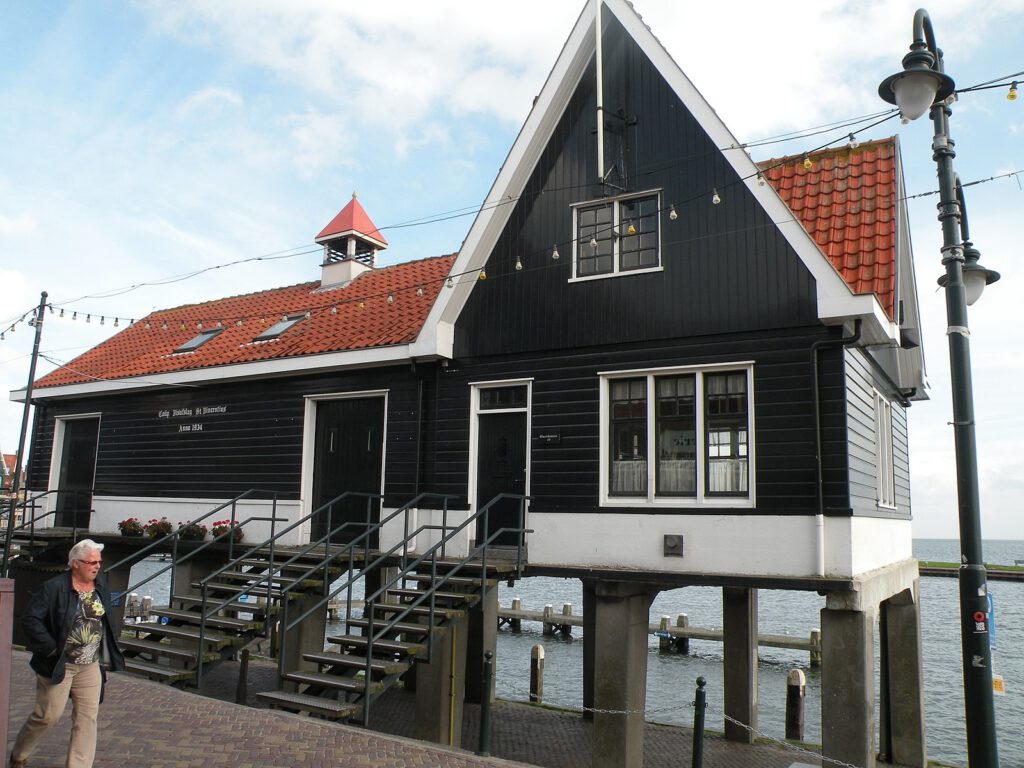
In this historical building, built as a trade office in 1934 and later used as a fish auction hotspot, lies Volendam’s rare and intact monument: St. Vincentius’ Fish Auction Cooperative.
Though, since April 2017, it acts as a shop where you can buy local products that are handmade in Odion’s day activity centres.
You can visit the monument at Volendam’s harbour. It’s built in the style of expressionism, and, while the superstructure is made of wood, it rests entirely on concrete beams and legs.
Miss the fish? You’ll be happy to know that the fish auction is often re-enacted during school outings and popular festivities, so keep your eyes on the calendar. 🐠
💰 Price: Free entrance, but the rest depends on what you buy there 🛍
⏰ Opening hours: April to November, 9 AM to 4 PM from Tuesday to Thursday
📍 Location: Haven 41, 1131 EP Volendam
7. Indulge in Dutch cheese at the Cheese Factory Museum
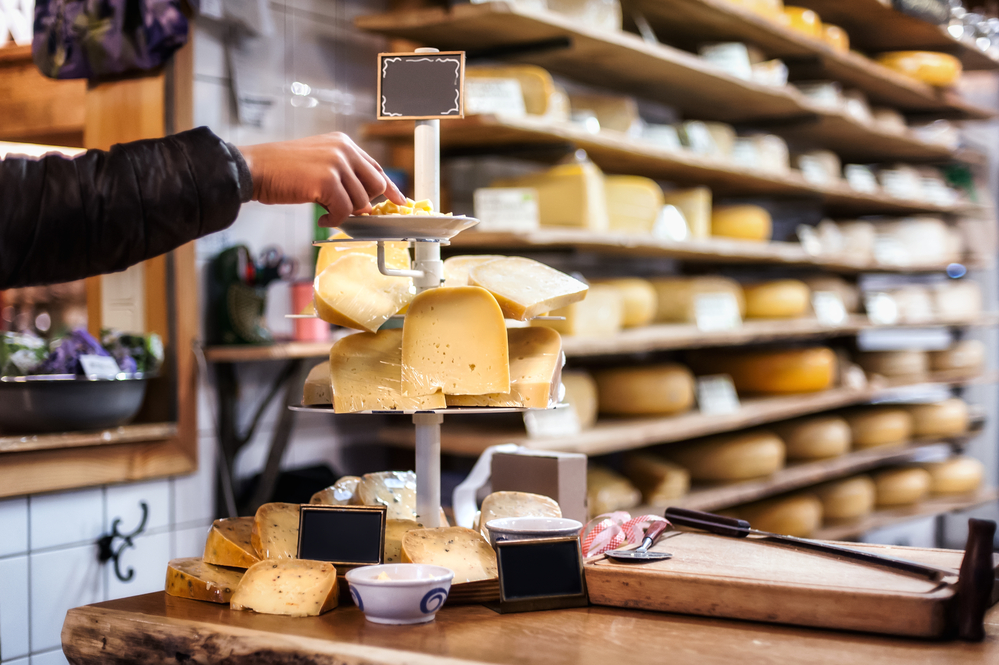
In prime position on Volendam’s dike is The Cheese Factory Museum — how Gouda! 🧀
Here, you can indulge in melt-in-your-mouth cheese tastings, discover how Dutch cheese is produced, explore the museum, or grab a tasty souvenir in the gift shop.
No reservation is necessary, so pop on in and have a cheesy time! 💁
💰 Price: Free entrance
⏰ Opening hours: 9 AM to 8 PM every Sunday to Thursday and 9 AM to 9 PM every Friday and Saturday
📍 Location: Haven 25, 1131 EP Volendam
8. Sail on the incredible Marken Express

This 30-minute cruise sails across the water from Volendam to the still and peaceful island of Marken. ⛴
With a bar on board, you can enjoy a drink while taking in the serene atmosphere as you look onto the still lake water.
Once arrived at the Marken peninsula, you’ll have the opportunity to experience the island’s coastal beautiful sights, visit the Marken Museum and gaze through its harbour.
The Volendam Express has been sailing for almost 100 years, which truly makes it an unmissable piece of Volendam history! 🛥
💰 Price: €16 for adults and €10 for kids over three
⏰ Opening hours: Daily from 10 AM to 5 PM
📍 Location: Haven 39, 1131 EP Volendam
9. Watch how clogs are made at Alida Hoeve Clog Factory

While this factory calls for a trip outside of the main city of Volendam, it’s always worth a visit to watch the traditional production process behind a pair of Dutch clogs. 🇳🇱
Luckily, you don’t need to pay a single cent for entrance, parking, nor to watch the demonstration, which lasts a bit less than one hour.
Alida Hoeve also doubles as a cheese farm, where you’ll find the world-famous Edam, sheep, and goat cheese. Lekker! 😋
💰 Price: Free
⏰ Opening hours: daily from 9 AM to 6 PM
📍 Location: Zeddeweg 1, 1131CW Volendam
10. Enjoy an unr(eel) musical tour at the Palingsound Museum
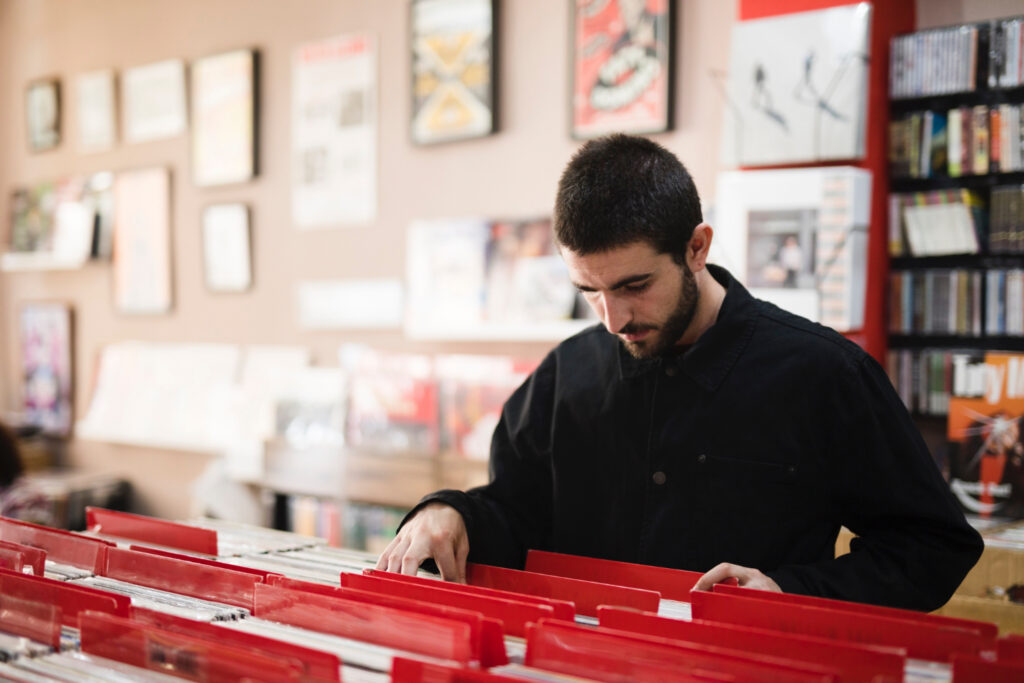
Who would’ve thought that there was a connection between electric eels and Dutch music?
Well, at Smit Brokkum’s Palingsound Museum, that’s exactly what you’ll find! 🎶
With an exhibition on Volendam’s music history, the museum offers a look into 100 years of the city’s music, made by “ordinary” Volendammers who put the city on the map. 🌍
Where do eels come into play? Well, it’s a nod to Volendam’s maritime economy and a reference to the type of music made by Volendammer artists, a smooth and relaxing melody, which they have come to call “eel sound”.
So, sorry to the aquatic lovers, there are no eels on display! But, you can reserve lunch or dinner at the restaurant after the tour, where you might just find eel on the menu. 😉
💰 Price: €1.75
⏰ Opening hours: 9:30 AM to 6 PM from Tuesday to Sunday (closed on Mondays)
📍 Location: Slobbeland 19, 1131 AA Volendam
11. Take in the sights at Marina Volendam

Last but definitely not least, Volendam has a wonderful marina with a gorgeous view of Lake Marker. 🌊
With various restaurants and cafés on Volendam’s famous dike, you can grab a glass or a snack and stroll around the marina, enjoying the aquatic winds. 🌬️
💰 Price: Free
⏰ Opening hours: 8 AM to 5 PM Monday to Friday, 9 AM to 5 PM Saturday and Sunday
📍 Location: Pieterman 12, 1131 PW Volendam
As you’ve just read, there are so many iconic things to do in the city of Volendam. And, since it’s quite the small city, you can easily make a day trip out of it! 🚗
Did you like this list of things to do in Volendam? Have other things to add to it? Tell us in a comment below! 👇
